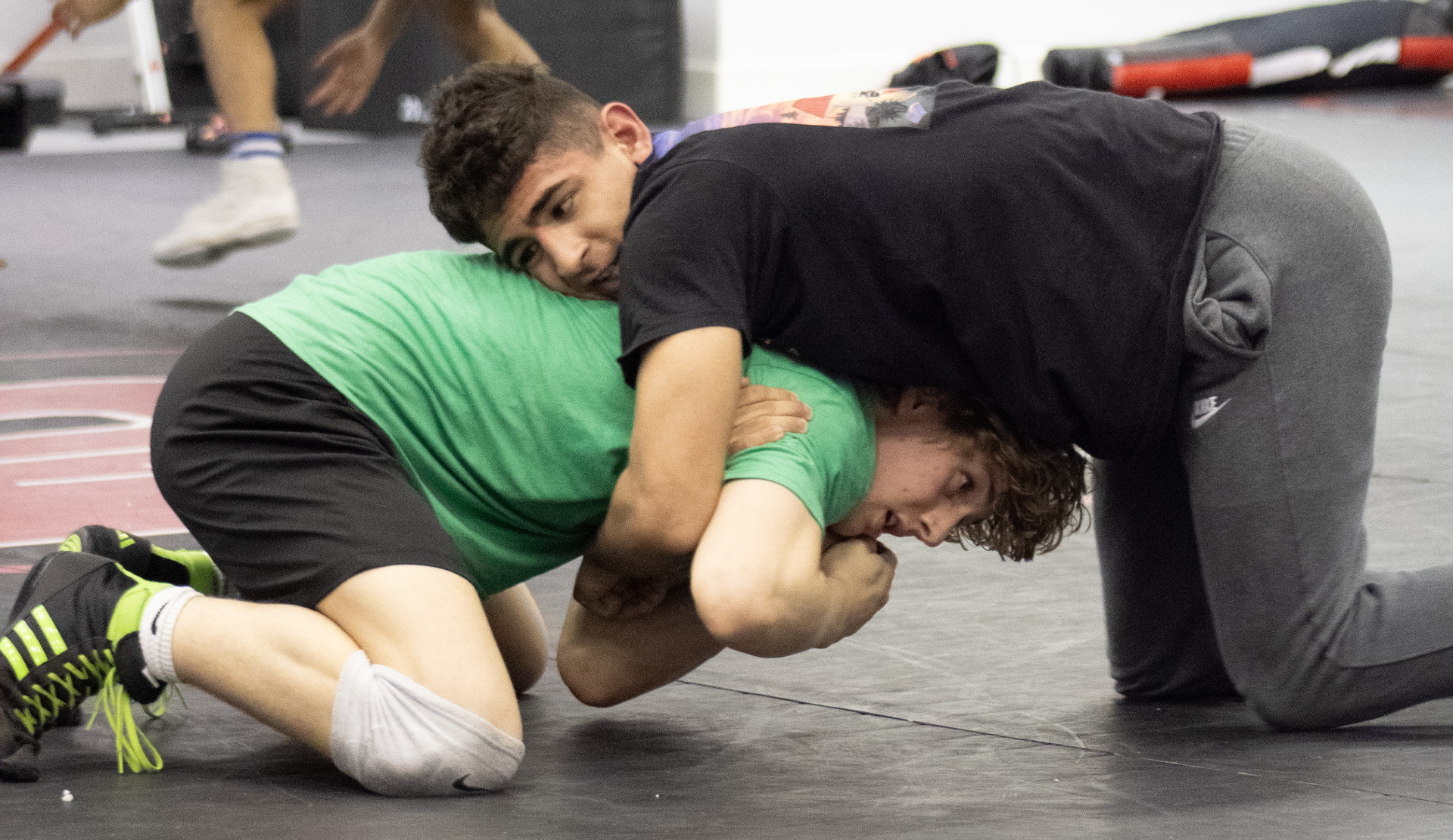Wrestling, one of the oldest and most diverse sports in the world, encompasses various styles, each with unique rules, techniques, and cultural significance. This variety not only makes wrestling accessible across different regions but also provides numerous physical and mental benefits. Let’s dive into the different types of wrestling and explore the advantages they offer.
Types of Wrestling
- Freestyle Wrestling
- Description: Freestyle wrestling is an Olympic sport where competitors can use their legs for attacking and defending, which is a primary distinction from Greco-Roman wrestling. The objective is to pin the opponent’s shoulders to the mat.
- Popularity: Globally recognized and practiced, it is a staple in the Olympics.
- Greco-Roman Wrestling
- Description: Another Olympic sport, Greco-Roman wrestling, restricts holds to the upper body only. This style forbids attacks below the waist, emphasizing throws, lifts, and upper-body strength.
- Popularity: Widely practiced in Europe and the United States.
- Folkstyle Wrestling (Collegiate Wrestling)
- Description: Predominantly practiced in American high schools and colleges, folkstyle wrestling focuses on control, not just scoring points. Wrestlers earn points for controlling their opponents within a set of complex rules.
- Popularity: Mainly in the United States.
- Sumo Wrestling
- Description: Originating in Japan, sumo wrestling involves two wrestlers (rikishi) who attempt to force each other out of a circular ring (dohyo) or to touch the ground with any body part other than the soles of their feet.
- Popularity: National sport of Japan, with growing international interest.
- Sambo
- Description: Developed in the Soviet Union, sambo is a martial art that integrates judo and other wrestling forms. It is known for its quick grappling moves and includes both combat and sport variations.
- Popularity: Gaining recognition worldwide, particularly in Russia and Eastern Europe.
Benefits of Wrestling
- Physical Fitness
- Wrestling is an excellent full-body workout that improves strength, agility, and cardiovascular endurance. It engages all muscle groups, making it a superb form of physical conditioning.
- Mental Toughness
- The intense nature of wrestling teaches resilience, focus, and the ability to overcome adversity. Wrestlers often develop significant mental fortitude as they learn to face challenges both on and off the mat.
- Discipline and Work Ethic
- Success in wrestling requires rigorous training, adherence to a strict regimen, and continual skill refinement. This discipline often translates into other areas of life, including academics and professional endeavors.
- Weight Management
- Regular wrestling practice is effective for weight control due to its high caloric burn. Wrestlers learn about diet and body management, which can encourage a lifelong habit of weight monitoring and healthy eating.
- Self-Defense Skills
- Wrestling techniques are practical for self-defense. The ability to control an opponent, maintain balance, and apply effective holds can be beneficial in real-world self-defense situations.
- Social Connections
- Wrestling clubs and teams offer a community environment where individuals forge lasting friendships, learn teamwork, and develop social skills.
Wrestling’s rich variety offers something for everyone, whether you’re looking for a competitive sport, a way to stay fit, or a new hobby. Each style of wrestling has its unique characteristics and benefits, making it a diverse and inclusive sport that continues to evolve and attract new enthusiasts around the world.



